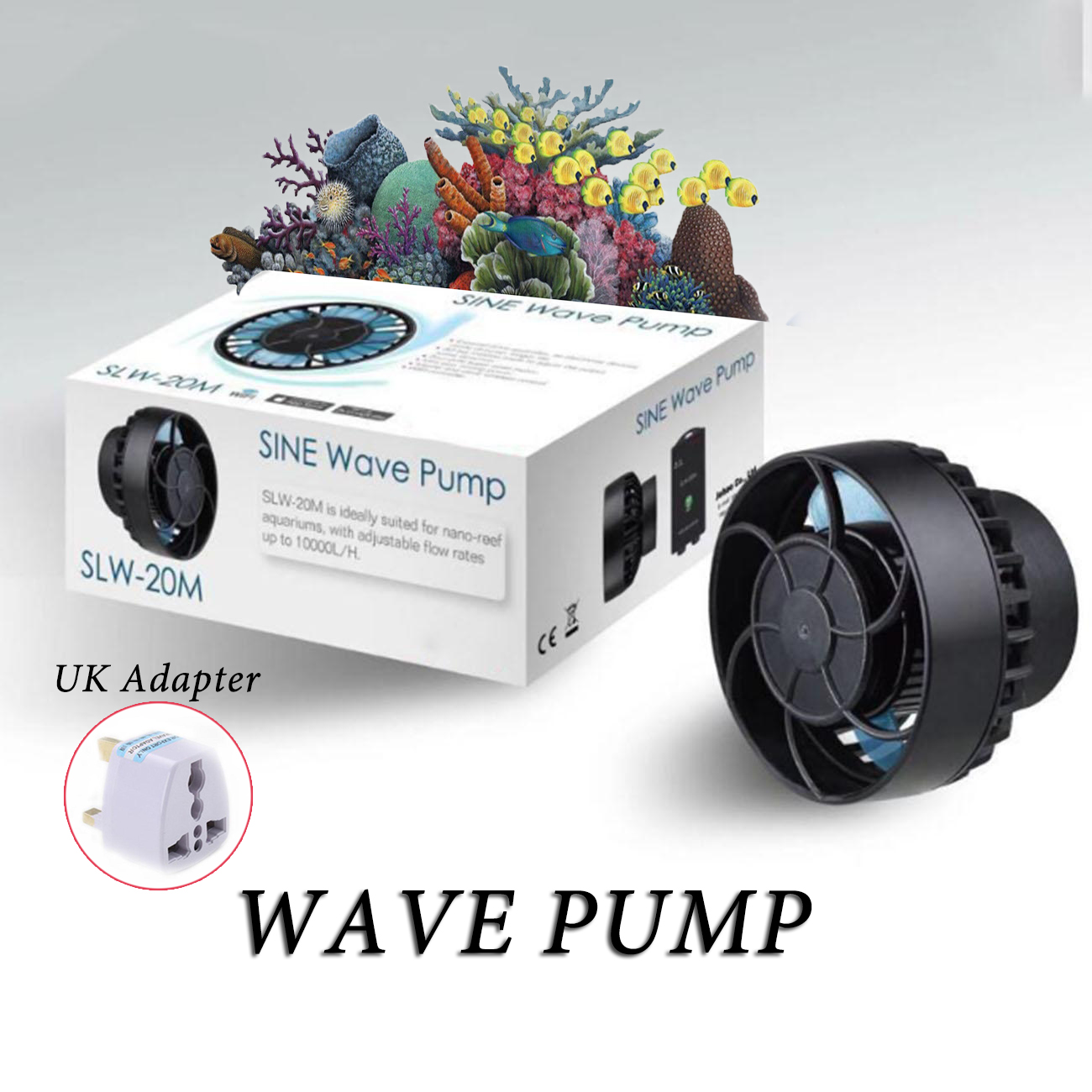

For therange of wave steepnesses 0.045 ≤ H/ L ≤ 0.048, themeasured wave heights were found to be on the average 10% below the heightspredictedfrom the small-amplitude theory.
#Smallest wavemaker series#
The second series of tests was concerned with determining the effects of finite amplitude. The systematic deviation of 3.4% is believed to be partly due to finite-amplitude effects and possibly to imperfections in the wavemaker motion. The experimental error, as measured by the scatter about aline 3.4% below the theory, was of the order of 3%. For this range of wave steepnesses, the measured wave heights were found to be on the average 3.4% below the height predicted by theory. The first series of tests was concerned with verifying the wavemaker theory for waves of small steepness (0.002 ≤ H/ L ≤ 0.03).


In the analysis of the present set of measurements, the reflexion effect is taken into account. Unless this reflexion effect is corrected for, it imposes one of the most serious limitations upon experimental accuracy. The amplitude-reflexion coefficient was usually less than 10%. A plane beach (sloping 1:15) to absorb the wave energy was located at the far end of the channel. wave channel, and the wave-height envelope was measured with a combination hook-and-point gauge. The experiments were conducted in a 100 ft. If the water depth, wavelength, wave period, and wavemaker stroke (of a harmonically oscillating wavemaker) are known, then the wavemaker theory predicts the wave motion everywhere, and in particular the wave height a few depths away from the wavemaker. that the fluid is inviscid, of uniform density, that motion starts from rest, and that non-linear terms are neglected. The theory is based upon the usual assumptions of classical hydrodynamics, i.e. This paper describes an attempt to verify experimentally the wavemaker theory for a piston-type wavemaker.


 0 kommentar(er)
0 kommentar(er)
